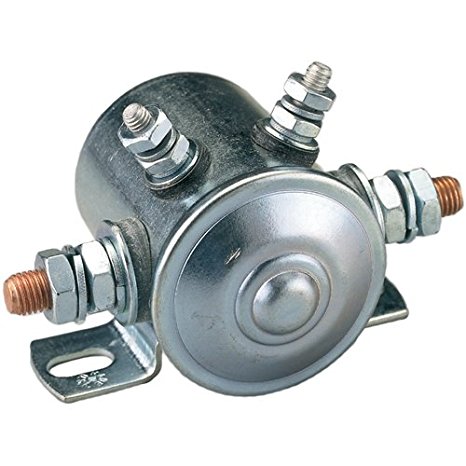Table of Contents
Disconnecting alternator charging at a voltage setpoint
There are scenarios where one might want to prevent a battery isolator from combining the house and chassis 12v systems:
- the house battery might be a chemistry that could get overcharged by the alternator (lithium, for example)
- the house battery might have a resting voltage high enough to trigger the house side of a dual-sensing relay (LiFePO4)
- the combined circuit can feed higher-than-optimal voltages back from solar charge controller to the chassis' electronics.
- a b2b charger in parallel with an isolator could have the same backfeeding result
how it works
Isolator/relays/solenoids, etc, use mechanical or electrical means to combine the chassis and house 12v systems. These mechanical or electrical means will require a small amount power to operate.1)
If the device's own power source is disconnected it will turn off and 12v systems will be separate again.2) Using a High Voltage Disconnect to kill power to the device will stop the alternator from charging the house battery at a given voltage setpoint.
Shutting down the device will require different approaches, depending on where it gets the power to operate itself.
solenoids and relays
Purely Mechanical devices like solenoids and relays use 12v trigger or exciter voltage3) to operate. They will either have 4 lugs or 3 lugs; in the latter case grounding is done through the base of the device.
Power to these devices is disrupted by interrupting power to the trigger+, which is one of the small lugs.4)
voltage sensing relays
Voltage sensing relays (VSR) typically take power from the chassis battery and have a thin ground to complete the circuit.
Power to VSRs is disrupted by cutting the ground wire. One way to reestablish the ground (thereby turning the device on) is HVD –> relay NO contacts –> ground wire in/out
solid state isolators
It is unlikely you will need an HVD with a diode-based isolators because:
- the isolator can't backfeed voltage back to the starter battery, and
- voltage drops up to 1v in the diodes when passing alternator –> isolator –> house bank
But it is theoretically possible alternator voltage is so high that even with the drop you might want an HVD. Some solid state isolators have a trigger or exciter input; control with HVD as with solenoids and relays.
Three lug isolators without exciter input might not be usable with HVD.


